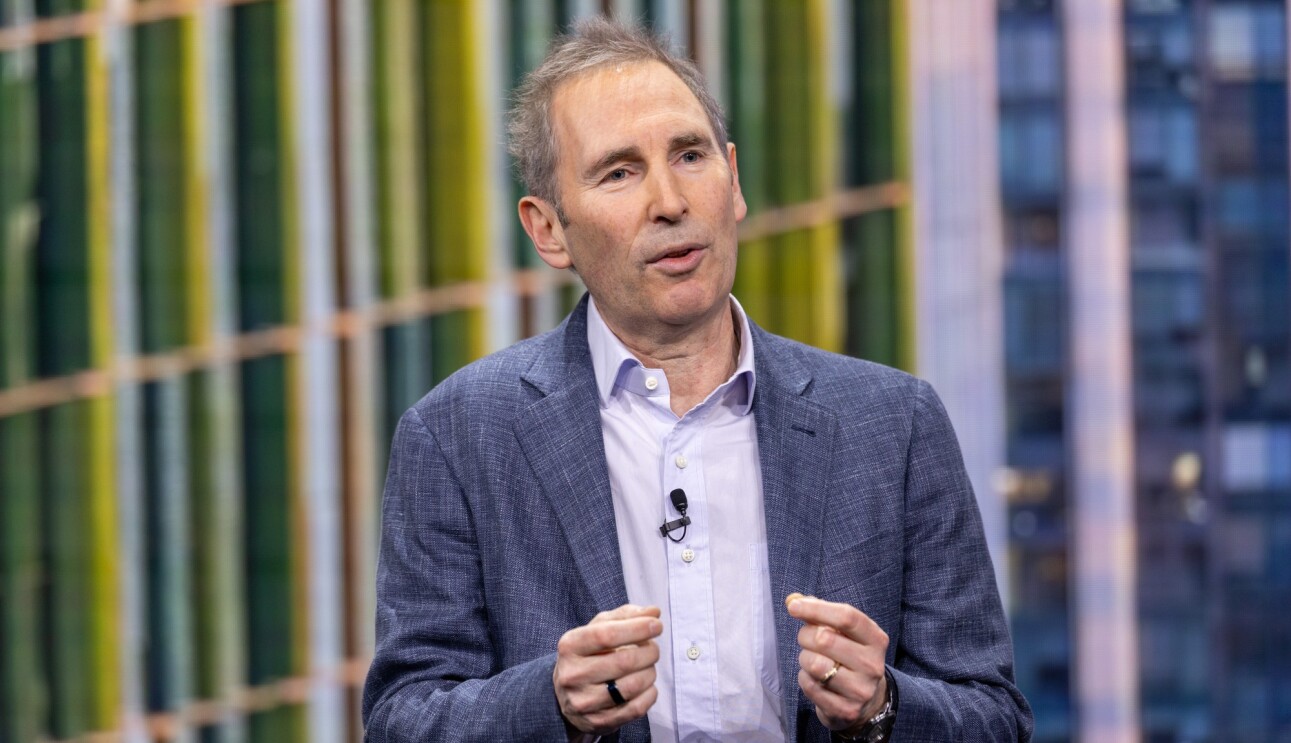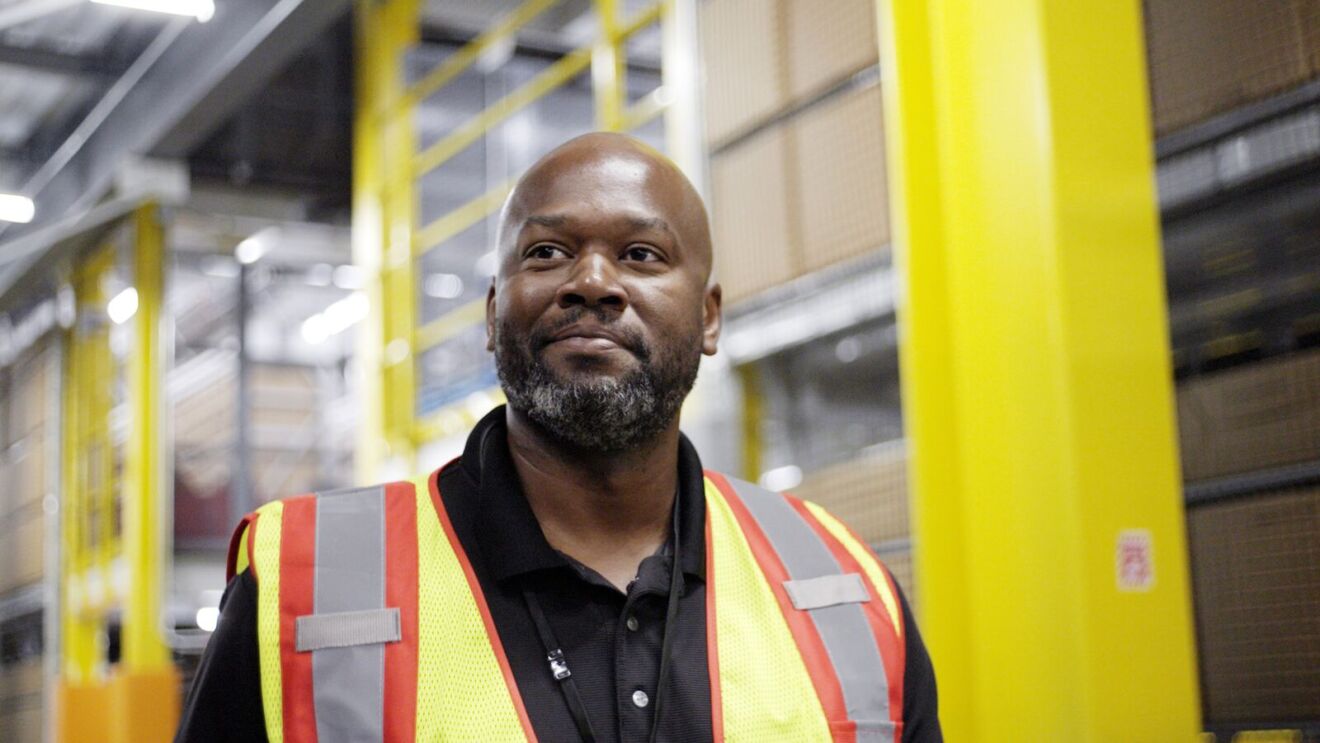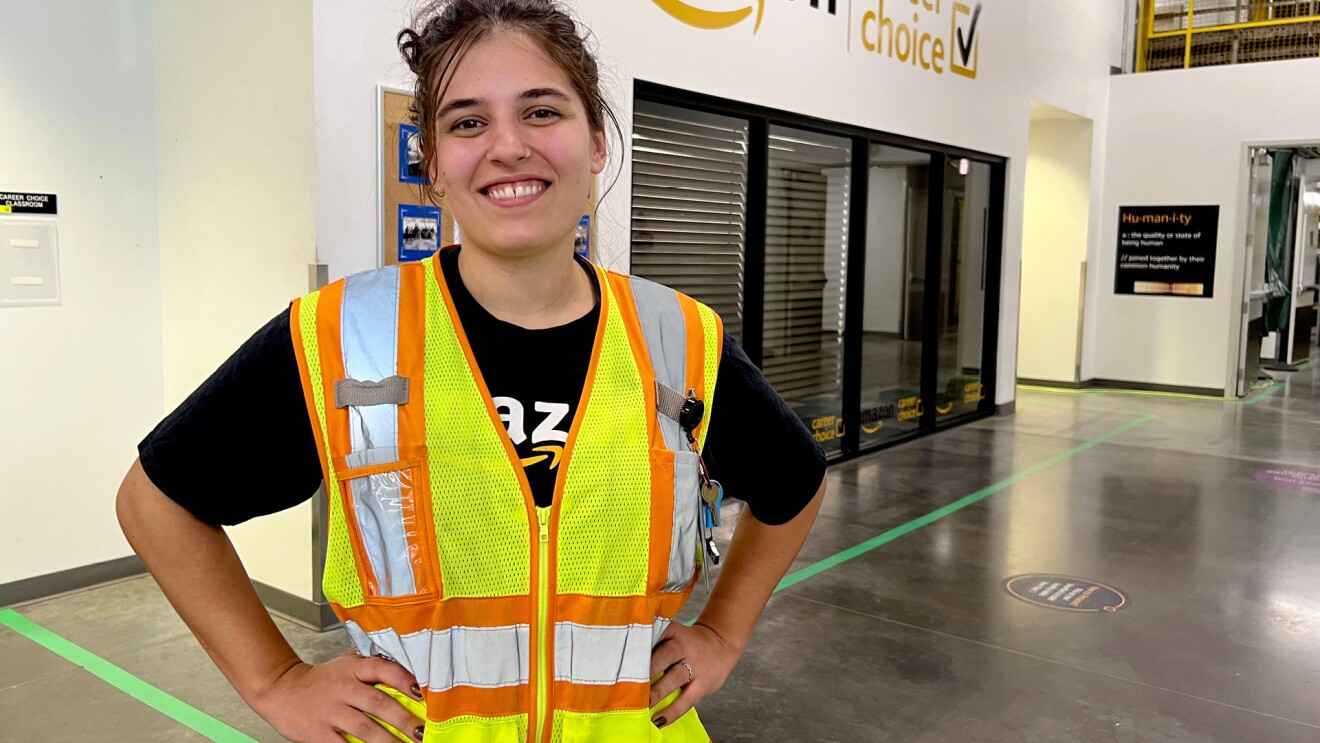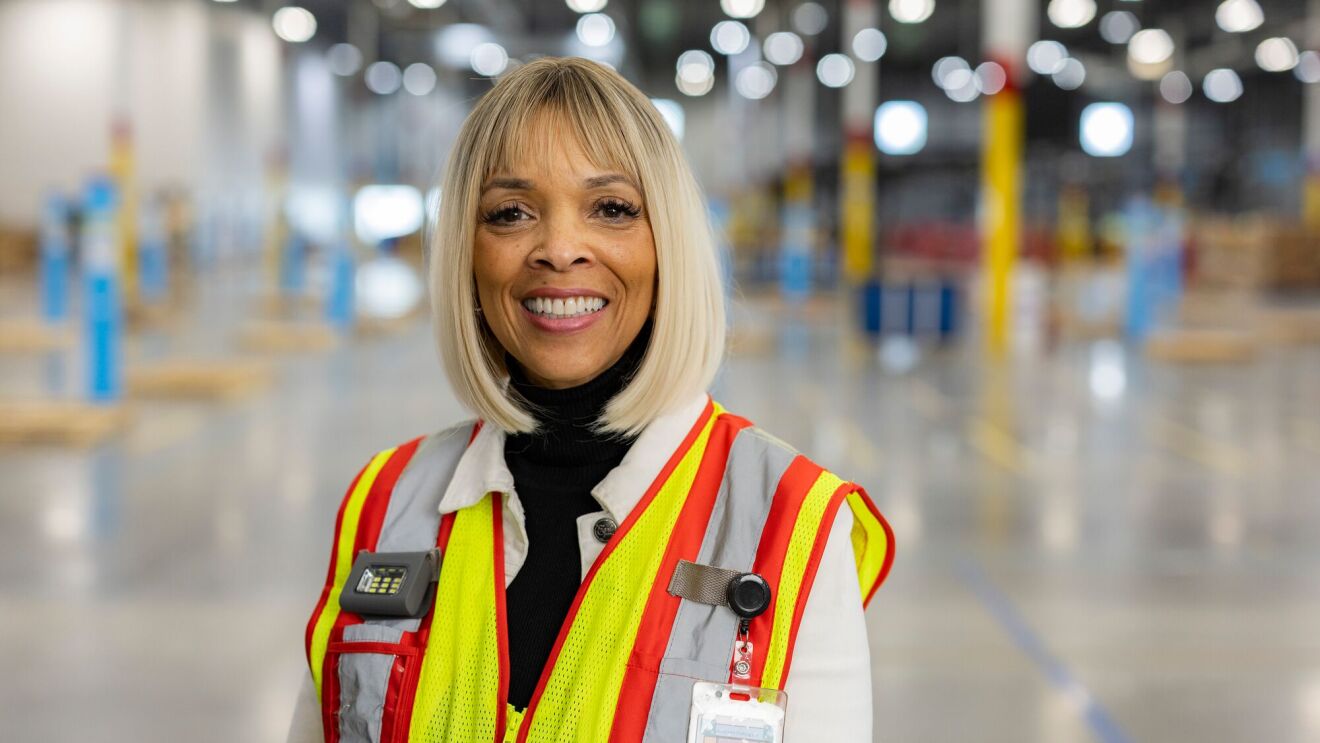This letter was sent to Oxfam directly and serves as Amazon's official response to claims from the nonprofit group and its partners in a recent paper about workplace safety, surveillance, and overall working conditions at Amazon sites. Oxfam offered to print an edited, truncated version of this letter which would have been inappropriate so we are printing it here in full.
We’re writing to respond to claims Oxfam and its partners have made in your new paper. For more than 80 years, Oxfam International and its subsidiaries have pursued the goal to eradicate global poverty. While we respect Oxfam and its mission, we have strong disagreements with the characterizations and conclusions made throughout this paper—many based on flawed methodology and hyperbolic anecdotes. In reality, Amazon has enriched the communities in which we operate, providing safe and good paying jobs with health benefits, educational opportunities, and an engaging work environment. Traditionally, researchers work to disprove pre-existing beliefs and biases before publishing. However, the organizations involved in this report did the opposite—they started with biases and sought to prove them—which is why we’d like to present the facts.
First and foremost, the safety of our employees is—and always will be—our top priority. We have made, and continue to make, significant investments to ensure our workspaces are safe and improve safety outcomes for our employees. From 2019-2022, we invested more than $1 billion in safety projects and initiatives (unrelated to COVID-19) across Amazon. As shown in the annual release of our safety data, from 2019-2023, we reduced our recordable incident rate (RIR) in the U.S. by 28%, and we reduced our lost time incident rate (LTIR)—which focuses on more significant injuries that require an employee to miss at least one day of work—by 75% in the U.S.[1] These large safety gains occurred despite the surge in demand resulting from COVID-19. We acknowledge that we have more work to do, but we’re confident that our ongoing investment and innovation will continue to achieve positive results. If you’d like to fact check our injury rates, you can do so via the Occupational Safety and Health Administration’s (OSHA) website.
We’re also proud of how we take care of our employees. We offer our roughly 800,000 front-line operations employees in the U.S. a starting average wage of $22 per hour (over three times the federal minimum wage of $7.25) and we’ve invested more than $10 billion into hourly pay increases over the last five years. We also offer comprehensive benefits that include health care from day one; up to 20 weeks paid parental leave; 401(k) with a 50% company match; free skills and career advancement training; and our Career Choice program, which prepays tuition for continuing education courses, high school diplomas, GEDs, Bachelor’s degrees, and English as a Second Language certifications. We also committed $1.2 billion to provide 300,000 employees with access to education and skills training programs—including college tuition for front-line employees—through 2025 as part of Amazon’s Upskilling 2025 pledge.
There are a few areas of your paper we’d like to comment on specifically: false claims about exploitation and unionization, a fundamental misunderstanding of how we use technology at our sites, and the flawed methodology included in this paper.
False claims of inequity, exploitation, and unionization
Inequality and exploitation:
The paper’s claims about inequity, exploitation, and our approach to employees’ rights to unionize are particularly sensational. There’s no truth to the notion that our buildings are purposely situated in low-income communities. The reality is, we operate hundreds of facilities in urban, suburban, and rural communities across the United States. They’re all in commercially-zoned areas and spaces, and many are in industrial parks where other employers also operate warehouses and delivery stations. Before a facility launches, we typically participate in public forums with local officials and members of the community to answer questions, discuss our plans, and to share the many ways that Amazon enriches the communities where we do business.
In fact, there’s evidence that our presence in communities raises the wages for workers in the broader community. A 2022 study found that after Amazon enters a community, “employment to population ratio increased by 0.7-1.0%, implying a job multiplier effect of about 1.9 (i.e., for every 10 jobs that Amazon created directly, nine other jobs were created elsewhere in the county). The poverty rate declined by 2.4-3.3%, and median household income grew by about 1.8-2.2%.” Further, U.S. Chamber of Commerce research indicates a positive correlation between a community’s economics and the presence of warehouses like ours. According to that study, on average, “a new [distribution center] employing 3,000 workers resulted in 5,111 total new jobs in a [metropolitan statistical area] including those 3,000 at the new [distribution center], and sustained those new jobs over a 20-year period. Importantly, for every job created directly by a new DC, there are an additional 0.7 jobs created in the [metropolitan statistical area].”
Amazon is committed to ensuring equity and inclusion across our network and everywhere we operate. To that end, we’re in the process of conducting a racial equity audit, and that effort is being led by a respected law firm. Learn more in our 2022 Shareholder Letter and Proxy Statement and read about our diversity, equity, and inclusion efforts.
Unionization:
Regarding unionization, our employees have the choice of whether or not to join a union. They always have. We favor opportunities for each person to be respected and valued as an individual, and to have their unique voice heard by working directly with our team. Amazon already offers what many unions are requesting: safe and inclusive workplaces, competitive pay, health benefits (with Amazon, that benefit is available on day one of employment), and opportunities for career growth.
With regard to the fulfillment center on Staten Island in New York, we do not believe the April 2022 election was fair, legitimate or representative of what the majority of our team at that site desires. As we demonstrated throughout the National Labor Relations Board (NLRB) Objections Hearing with dozens of witnesses and hundreds of pages of documents, both the NLRB and the ALU improperly influenced the outcome. We will continue to defend our position as this case works its way through the NLRB and legal process.
False and misleading claims about technology, surveillance, and worker health and safety
Technology and surveillance:
Your paper illustrates a misunderstanding of what the technology in our facilities does and doesn’t do. We do use technology in our facilities to help ensure the safety and security of our employees—it would be irresponsible if we did not take this approach. We also secure our inventory. Our facilities house hundreds of thousands of products that will be shipped to customers around the world, and the technology in our facilities helps guide the flow of goods through the sites. This is similar to technology used throughout the industry. We do not use the camera technology in our warehouses to monitor employees. Employees who have questions about how our technology works, or concerns about the data it collects, are always encouraged to speak to their manager who can explain it to them in greater detail.
Employee performance goals:
Your paper also misrepresents a policy called Time Logged In, formerly know as Time off Task. Amazon is committed to manageable workloads—and we value quality over quantity. Employees are encouraged to work with intention, not speed.
Like any business, we have performance expectations for all of our teams, but these expectations are based on multiple factors including the performance of the entire team, site wide. We use performance compared to peers to ensure we’re not considering any factors out of employees’ control, such as changes in the business such as inventory, freight mix, and seasonal impacts. This approach ensures the review processes for performance are fair and consistent across all process paths, and puts employees on equal footing with their peers because they’re usually experiencing similar conditions in the building. Employees in our fulfillment center network can see their own performance anytime and can talk with their manager if they’re having trouble finding the information.
It’s a common misperception that Amazon has fixed quotas, but we do not. Our Time Logged In policy assesses whether employees are actually working while they’re logged in at their station. For example, if an employee is meeting with a manager or HR, taking a restroom break, or grabbing a drink of water, that time is excused and not counted as idle time. However, if employees are doing something that most employers would find unacceptable—like sleeping in the breakroom while logged in—they’re likely to receive feedback. That expectation is not unreasonable.
There are also certain job paths, within certain facility types, where individual performance is assessed over time. If an employee with sufficient tenure is consistently performing in the bottom 5% of their peers, managers will talk with the employee to understand whether they need help, additional training, or if there are barriers preventing them from meeting expectations. Over a long period of time, if an employee’s performance continues not to meet expectations, they may be separated from the company. However, that’s an exception and not the norm. In fact, less than .5% of front-line employees are separated from the company because they’re not able to meet performance expectations—and only after multiple attempts to help them improve.
Workplace health and safety:
There is nothing more important than our employees’ health, safety, and well-being. The assertion that our teams don’t get sufficient breaks is wrong. In addition to their regularly scheduled breaks, employees are free to take informal breaks throughout their shifts to use the restroom, get water, or talk to a manager or HR. If there’s ever a concern about a manager misusing productivity guidance or asking employees to prioritize productivity over safety, we immediately investigate and take appropriate action. We take this issue very seriously. If employees are experiencing trouble taking breaks or using the restroom when needed, we urge them to raise it via any of the feedback mechanisms in place onsite and, if needed, escalate it to our ethics team.
Safety and achievable performance expectations aren’t mutually exclusive. We’re clear with all managers that productivity cannot come at the expense of safety or quality, and we investigate reports of site managers using performance guidelines inappropriately.
Your paper accurately points out that our injury rates increased between 2020 and 2021, but you’ve left out some very important context. During this period of time, injury rates increased for many companies and across industries, not just at Amazon. The pandemic was the most significant workplace safety challenge in a century, and we invested $15 billion on safety-related efforts to reduce risks and protect employees.
As mentioned earlier, when you look at our progress since 2019, we’ve improved our recordable incident rate by 28% in the U.S., and our lost time incident rate—which measures the most serious types of injuries—by 75%. While we’re pleased with our progress, we’re not satisfied and we plan to invest an additional $750 million in 2024 alone to enhance safety even further. More information is here.
Employee engagement and grievance mechanisms:
We value employee feedback—both positive sentiments and constructive comments on areas for innovation and development. We continuously gather feedback to continue meeting employees’ evolving needs and ideas. We offer opportunities, including all-team meetings and one-on-one discussions, to engage with leaders, raise issues, and suggest improvements. One example is “Dragonfly”—a mechanism for employees to surface safety suggestions.
Amazon employees have several feedback routes, including an ethics line for anonymously reporting potential violations of our Code of Business Conduct and Ethics. Employees can also escalate directly to executives, their managers, and their HR business partners, to name a few. We introduced a new way for members of the public, including workers in our supply chain, to notify Amazon about human rights and environmental concerns. The mechanism is available in 19 languages and can be accessed globally.
Flawed methodology
Quantitative:
What you’ve described as quantitative research is a 98-question survey performed on social media. First, it appears the primary mechanism used to determine whether the respondent works for Amazon was to ask whether they could identify the alphanumeric name of an Amazon site. That’s problematic because anyone could search for and find this information in a matter of seconds.
Second, this survey was much longer than survey platforms recommend to yield reputable results. Qualtrics itself—the survey platform used to gather this information—advises “Web surveys that take longer than 10 minutes are much more likely to suffer from low-quality data, as respondents fatigue and begin satisficing.” As mentioned above, the survey included in your paper was 98-questions long, which may take as long as 40 minutes to complete. Surveys of this length lead to high drop-off rates and straight lining (i.e., selecting the same response for each question), and only those with the most extreme views complete it. According to academic research, long surveys also perpetuate a type of self-selection bias called participation or non-response biases. This means only individuals with extremely negative experiences at, or about, Amazon will commit to answering such a long survey.
This also happens when organizations rely on social media ads for recruiting survey respondents. It leads to self-selection and participation bias, ensuring people with very negative experiences will be more likely to respond. This means the survey is sampling from a non-representative group, which is why the researchers had to apply significant weights to their data. That makes the findings even less reliable.
Finally, the survey did not follow industry best practices to disclose the full set of survey questions. It is unclear if the questions were asked in a neutral tone, or in a biased manner that nudges respondents to respond more negatively.
Qualitative:
Regarding the qualitative findings included in your report, here too it seems industry best practices weren’t followed. For example, you don’t disclose how people are approached at or near an Amazon facility, and it’s unclear if questions were asked in a neutral manner or in a biased way that would nudge someone to respond more negatively. For example, if they were asked to participate in an interview about “workplace surveillance” at Amazon, it’s likely only respondents that (1) feel negatively about Amazon and (2) feel strongly enough about their experience to take time for a survey, will participate, skewing responses negatively.
Amazon operates more than 500 facilities in the U.S. To ask a handful of people at three sites for their views is not representative of the opinions, experiences, or perceptions of our more than 750,000 front-line employees across the U.S.
Federal Trade Commission (FTC) suit:
You mentioned the FTC’s lawsuit against Amazon. The practices the FTC is challenging have helped to spur competition and innovation across the retail industry, and have produced greater selection, lower prices, and faster delivery speeds for Amazon customers and greater opportunity for the many businesses that sell in Amazon’s store. If the FTC wins, the result would be fewer products to choose from, higher prices, slower deliveries for consumers, and reduced options for small businesses—the opposite of what antitrust law is designed to do. The lawsuit filed by the FTC is wrong on the facts and the law, and we look forward to making that case in court.
Finally, we would like to invite Oxfam leaders to tour an Amazon site and see our operations up close and for yourselves. (We previously invited the University of Illinois Chicago professors who contributed to your paper and they declined.) We care deeply about the safety and health of our employees, we respect their rights to a safe and clean workplace, and we’re dedicated to making continuous improvements so we’re best in class.
[1] All numbers and comparisons in this letter are based on the rates we have reported to applicable regulators or are otherwise derived from the same tracking systems used for that reporting.
Trending news and stories









